Almost all of the environments on Earth are home to insects, which today make up more than half of all known living things. They underwent numerous cycles of evolution, depending on the resources at hand. Insects outnumber all other animals, with over a million currently known species and even more believed to exist.
About 100,000 different insect species are native to the United States, and Texas is home to more than one-third of these. If we talk about all of the species of insects in Texas, it’ll take a day or three to read them. That’s how numerous they are! So, for the sake of this article, we will discuss the 15 most common insects found in Texas and other interesting facts.
15 Common Insects in Texas
1. Mosquitoes

Surachai Pung/Shutterstock.com
Outside Antarctica, mosquitoes can be found in just about any ecosystem, but warm tropical regions near the equator have the highest concentrations. Due to Texas’ climate, the insect is also drawn to the state.
They occasionally carry deadly diseases like malaria, yellow fever, dengue fever, and Zika, which cause many yearly fatalities. However, there are many different species of mosquitoes in the family, and only some of them feed on human blood. Most species are tiny—less than an inch—and obscure. Sometimes, hearing their buzzing sound is more likely than seeing the mosquito itself.
2. Termites
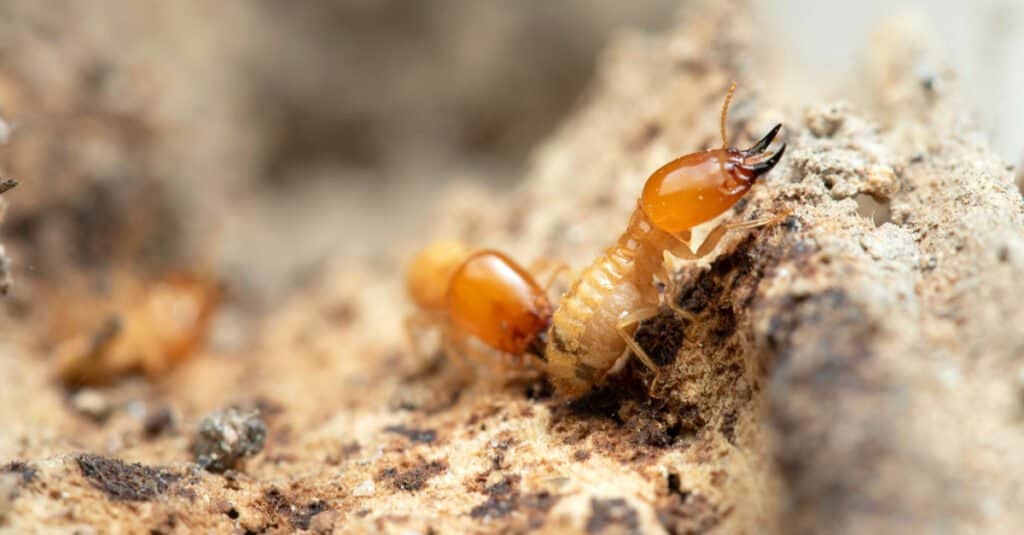
bamgraphy/Shutterstock.com
The two main termites found in Texas are Formosan Subterranean and Southeastern Drywood termites. These insects cause serious, long-lasting damage to homes across the state. The Dallas-Fort Worth metro area, San Antonio, Corpus Christi, Houston, Amarillo, Midland, and the rest of Texas are all plagued by termites. Sadly, Texas’ high humidity and moisture levels also make it easy for termites to infest homes. Property damage caused by these destructive pests costs the US economy billions of dollars each year.
3. Roaches
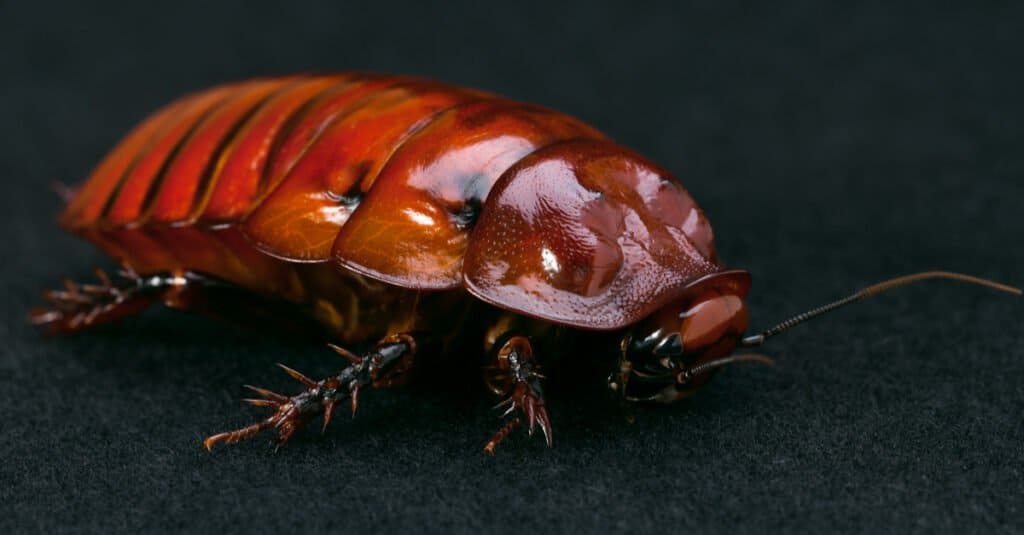
skydie/Shutterstock.com
Texas is the perfect place for cockroaches to reproduce because of its warm, humid atmosphere and high human population. Cockroaches can survive without food for a month and only about a week without water. More intriguingly, they can survive for more than a week without their heads. Only around 30 of the 4,500 species of cockroaches in the world are considered pests. The American cockroach, which may grow up to 1.6 inches in length and up to 0.28 inches (7 millimeters) in height, is the largest species of common cockroach.
4. Beetles
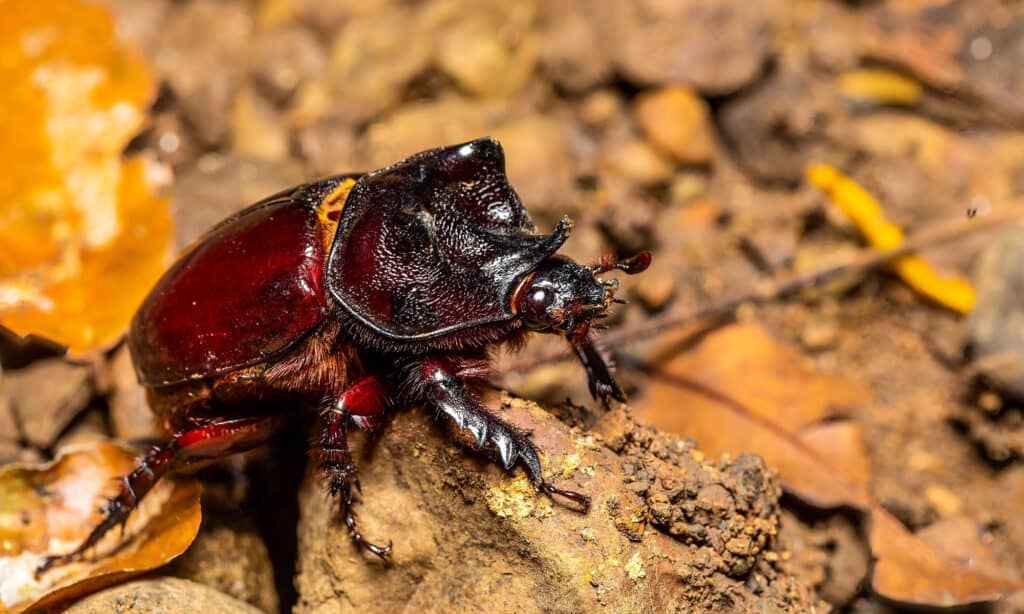
Artush/Shutterstock.com
Like any other creepy crawly, beetles may be categorized as pests. They are, nevertheless, a remarkable, diverse collection of insects that are beautiful and important to the environment and ecosystem. It is hardly surprising that Texas crawls with insects, especially beetles, given the size of the state and the variety of insect species. Only a few different species of beetles may be found in Texas, including the stag beetle, leaf beetle, dung beetle, June beetle, ox beetle, ground beetle, and the oil beetle.
5. Flies

Ant Cooper/Shutterstock.com
These insects play numerous crucial ecological tasks despite frequently having a negative relationship with people as an irritation or a potential disease vector. After bees, flies are the second most prevalent pollinators, and they aid in preventing the presence of animal carcasses in the environment. They also contribute to expanding the boundaries of human knowledge because they are frequently studied genetically. There may be up to a million species in existence, but more than 125,000 species have been named so far. The obvious ones include house, horse, and blow flies, but many people might be unaware that the same order also includes mosquitoes, midges, and gnats.
6. Earwigs
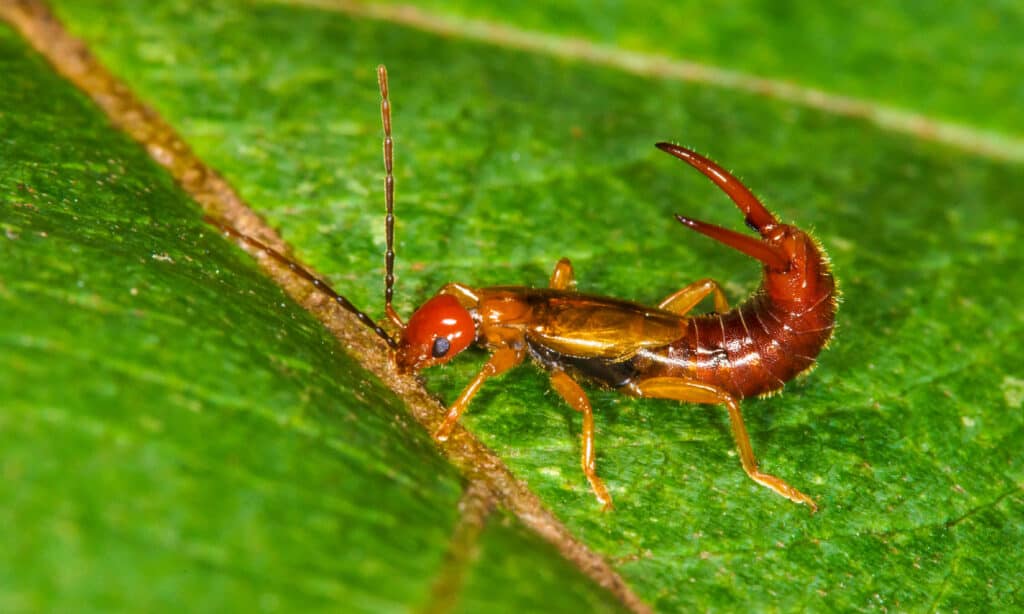
Suede Chen/Shutterstock.com
In the house and garden, earwigs are the easiest to identify. They are common all over Texas and can be annoying when they enter homes. On the back of their brown to black, somewhat flattened bodies are distinctive “pinchers” or forceps-like structures in adults and nymphs. They have three sets of well-developed legs and can reach lengths of up to one inch. Texas is home to about 10 species, but just a few are widespread.
7. Aphids
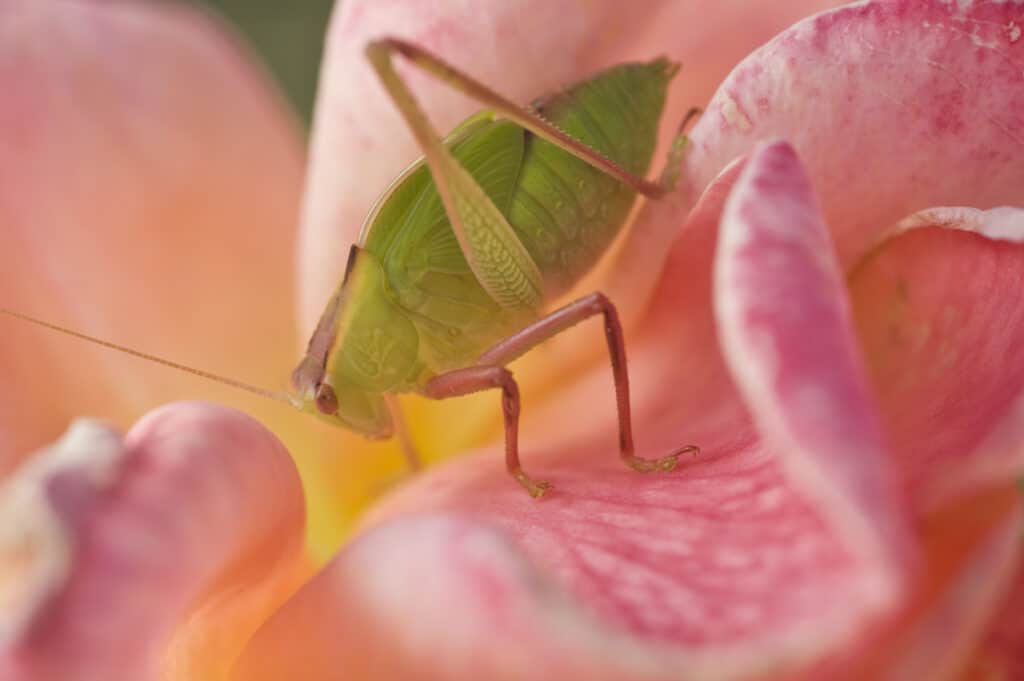
Ann Worthy/Shutterstock.com
Aphids are soft-bodied insects with a wide variety of body shapes and are members of the Hemiptera order. About 5,000 species of aphids belonging to 24 subfamilies comprise the family Aphididae. Due to their rapid reproduction, aphids can be bothersome pests. Aphids are mainly found in the southeast and southwest of the United States, though they can occasionally be found elsewhere. Aphids are incredibly small insects, measuring barely 1/16 to 1/8 inches in length (1.5 to 3mm). They are soft-bodied because they lack a strong exoskeleton, and aphids resemble pear-shaped fruit because of their narrow head and broad abdomen.
8. Ants
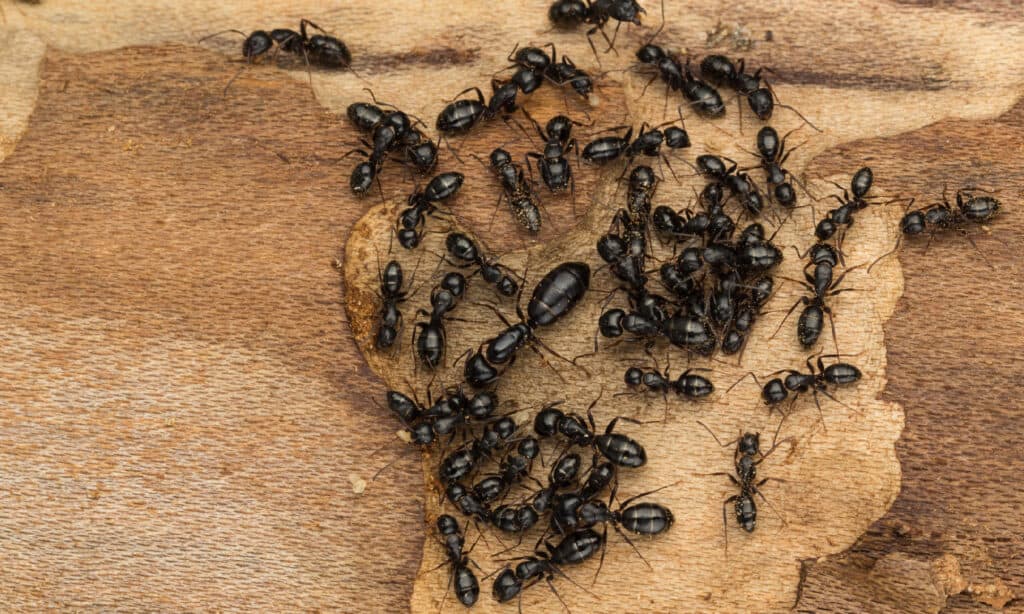
iStock.com/DianaLynne
The number of known ant species is above 12,000, but the actual number is thought to be closer to 14,000 species. It is believed that ants evolved from wasp-like organisms after flowers first emerged on Earth 100 million years ago. Depending on the species, ants come in various sizes and colors. Some ant species even have wings, so they can fly, increasing their domain size. They are very sociable insects with a sophisticated social system where each ant serves a specific function.
9. Wasps
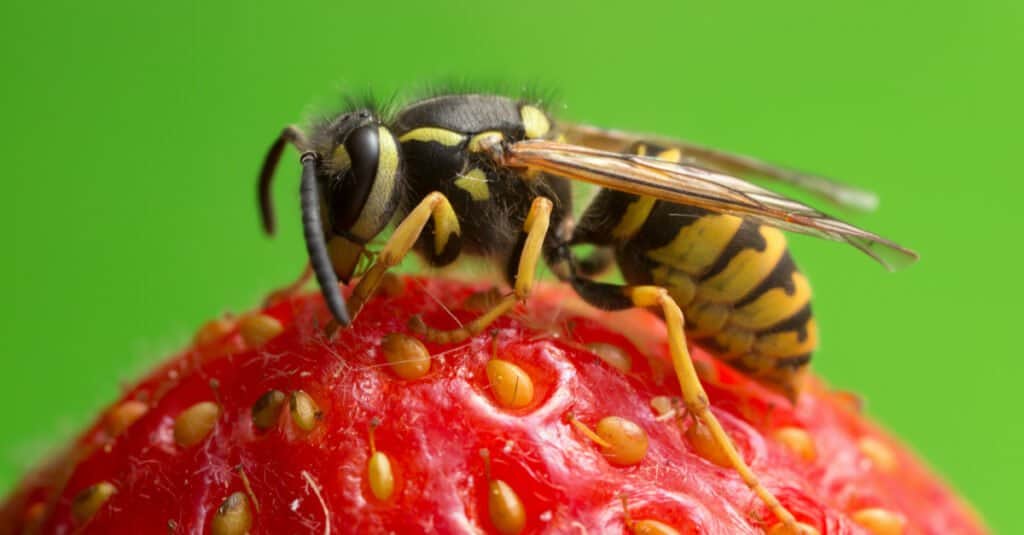
Henrik Larsson/Shutterstock.com
Bees are occasionally mistaken for wasps because many wasp species, particularly yellowjackets, have yellow and black markings. Texas is home to a wide variety of wasp species and subspecies, some of which are harmful to the environment while others are helpful. The vast majority of wasps are peaceful, solitary insects, despite the common misconception that they are aggressive insects that reside in enormous colonies.
10. Bees
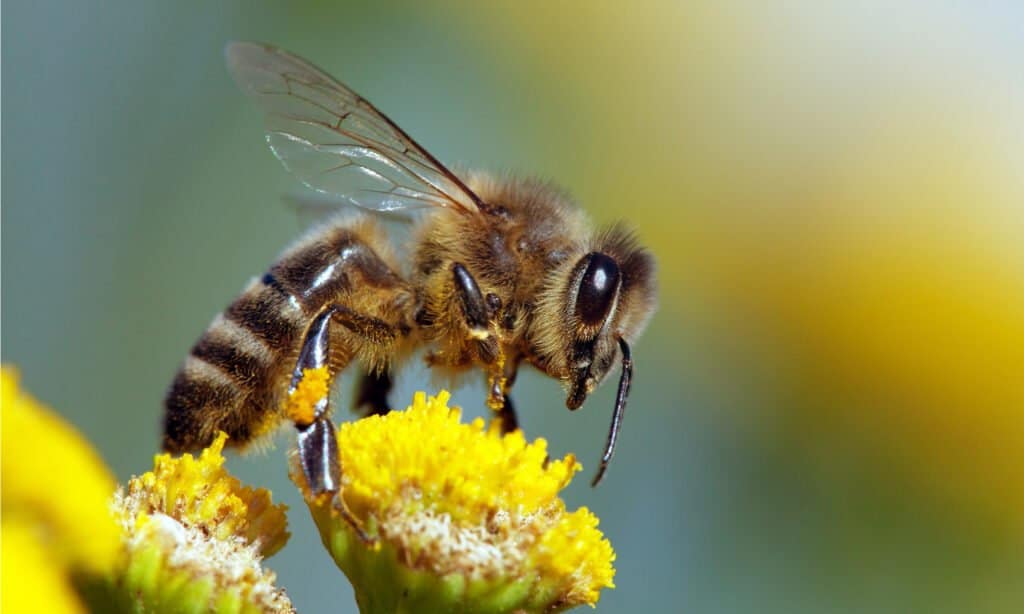
Daniel Prudek/Shutterstock.com
Life on Earth would be quite challenging without these insects, as every beekeeper knows. Many of them pollinate plants that produce food for people and other animals. However, not all of them produce honey. Bees are the perfect example of industry and hard labor since they travel from flower to flower, construct and maintain their nests, and care for their young. The bumblebee, mason bee, honey bee, and carpenter bee are some of Texas’ most prevalent bee species. While some of these bees choose to spend their time alone, others coexist in a hive.
11. Butterflies
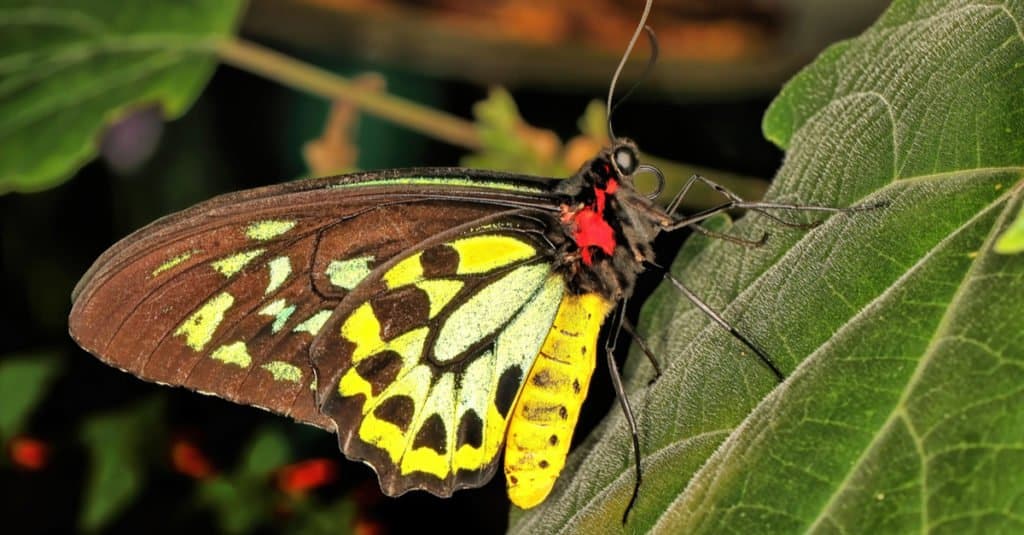
Russell Marshall/Shutterstock.com
Except for Antarctica, all continents are home to butterflies. Despite being split up into 126 families and 46 subfamilies, butterflies all go through the same life cycle. Approximately 10% of the 180,000 known species of butterflies and moths are still alive today, with Peru having the most diversity. The Natural Museum of History in London’s staff takes good care of the largest butterfly, known as Queen Alexandra’s birdwing. Its wings cover about 10.7 inches. The Western Pygmy Blue Butterfly, found in California, Mexico, and Central America, is the tiniest and has wings roughly 0.5 inches wide.
12. Fleas
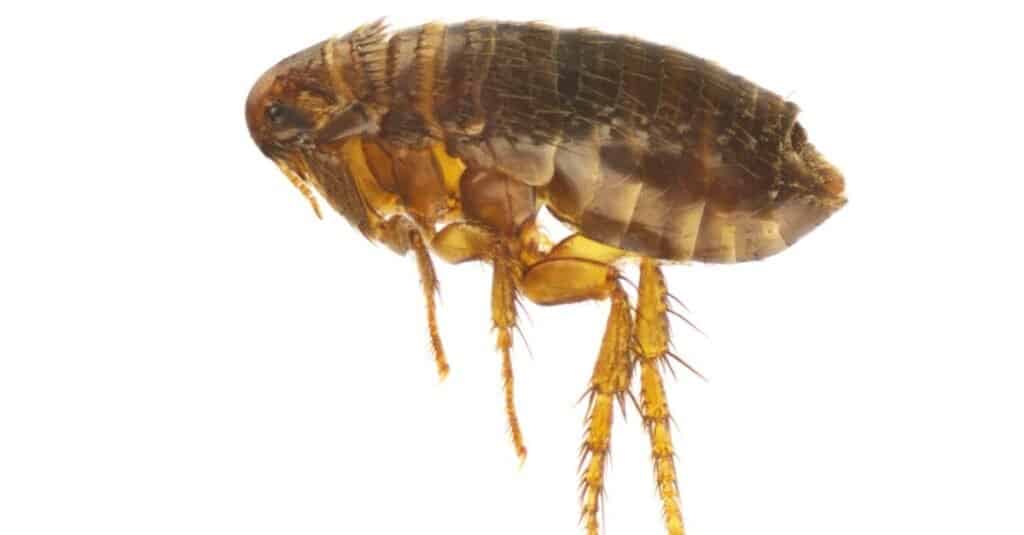
Cosmin Manci/Shutterstock.com
Fleas are typically considered pests since they are widely known as itchy bloodsuckers. A flea consumes human blood, animal blood, excrement, and dead plant or animal debris. They are well recognized as hematophagous, meaning they prefer to eat blood rather than other types of food. The cat flea is the primary source of flea issues in Texas, and this flea feeds on wildlife, canines, and cats. Other flea species, including rat flea, dog flea, and human flea, are less frequently found on pets and in houses.
13. Grasshoppers
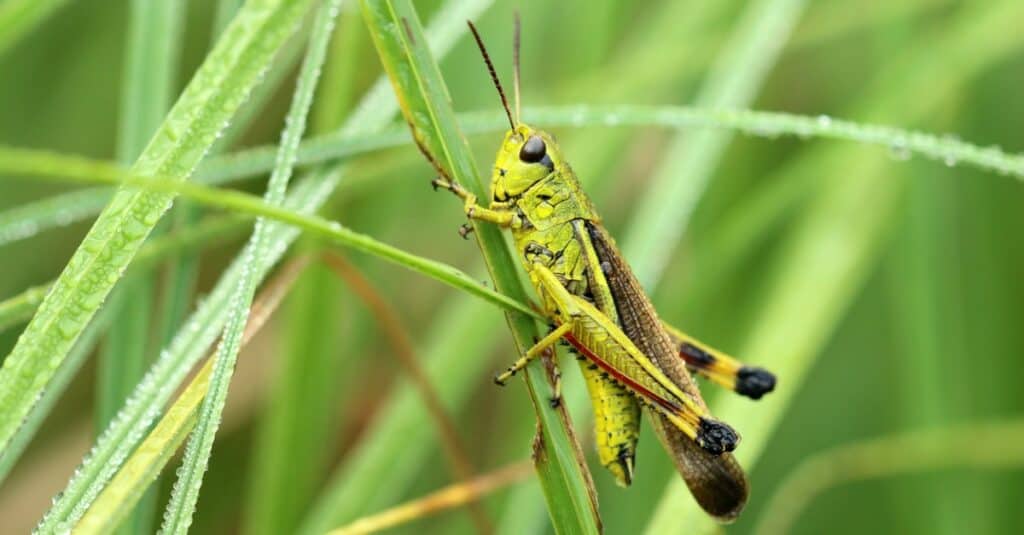
iStock.com/Eileen Kumpf
Texas is home to around 40 types of grasshoppers. Grasshoppers are a member of the phylum Arthropoda, which also contains spiders, scorpions, and their relatives. It is impossible to list all of the more than 11,000 species and varieties of grasshoppers in this article, but one of their distinctive traits is the capacity for long leaps. A “normal” grasshopper can jump ten and twenty times its height and length. They hop to avoid predators or to get from one location to another.
14. Cicadas
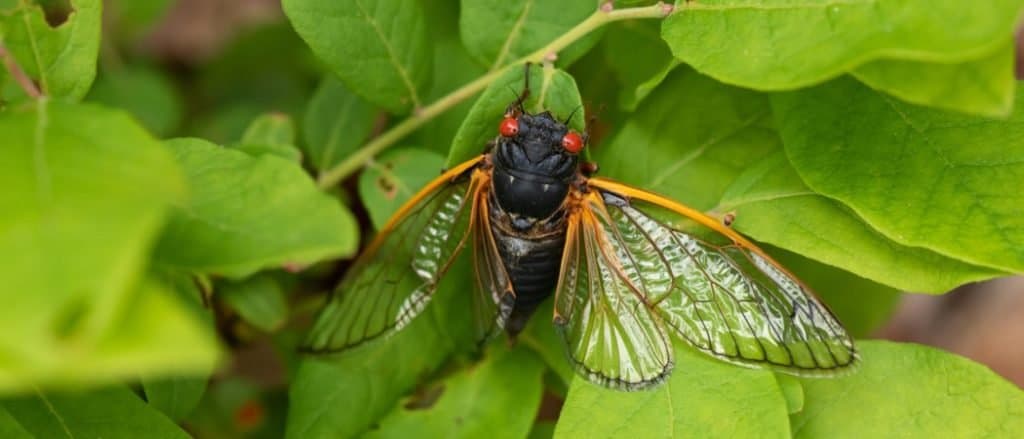
Shot Stalker/Shutterstock.com
The fact that an insect songster with an amazing life history heralds Texas’ summer will intrigue many people. In North America, cicada sightings are frequent; Texas has at least a few different kinds. Cicadas are noted for their capacity to produce noise, which they usually employ for either self-defense or, more frequently, for mating purposes. Texas cicadas have short life cycles, lasting either a year or between two and five years, as opposed to the long life cycles of cicadas from the Midwest, which can be up to 13 to 17 years.
15. True Bugs

Jay Ondreicka/Shutterstock.com
True bugs often have four wings folded flat over the body. The scutellum is a visible triangle frequently present in the center of the back and is not covered by the wing bases. They can be discovered in water or on plants and animals. Some actual bugs seriously harm plants when they feed. Since they prey on other insects, some are advantageous. Leafhoppers, stink bugs, water bugs, aphids, cicadas, and yes, those bothersome bed bugs are examples of true bugs. Considering they have an exoskeleton, segmented bodies, and six legs, they share many parts with other insects.
Up Next:
The 5 Most Interesting Insects in North America!
The Top 10 Largest Insects in the World
10 Most Beautiful Insects in the World
The post 15 Insects in Texas appeared first on AZ Animals.
from Animal News, Facts, Rankings, and More! - AZ Animals https://ift.tt/VdJX9RQ